Yoshiharu Tsukamoto Q&A

Wallpaper* talks to Yoshiharu Tsukamoto of Tokyo-based Atelier Bow-Wow.
W*: What was your concept?
YT: The brief was “Beyond Architecture”, and I asked Aaron Betsky if I could do something about the concept of “at home” in the new, globalised world. I am always interested in furniture, and the arrangement of the human body in relation to furniture. Also I am very interested in the living environment, and the idea of enclosure.
W*: Do you think that the Japanese conditions are very different, than the American conditions in that respect?
YT: Of course they are. But it depends. I am interested in the living conditions, I always think about it, about the idea of openness and the inside/outside of living.
W*: Why did you design something mobile?
YT: This is a globalised world, people move a lot. All the time they are changing the place where they sleep, where they eat, etc and every time there is furniture around which supports them. And I think furniture always has to be very well thought out. Each city tries to be unique, tries to make different types of buildings, but inside the actual buildings things are more conservative. You always sit on a chair, you always sleep in a bed, so every time your body is supported by furniture, even if the conditions change every time. Hence my interpretation of the theme, as given by Aaron Betsky. I started to imagine some sort of furniture, which is also mobile. And because
Receive our daily digest of inspiration, escapism and design stories from around the world direct to your inbox.
W*: So does this move up and down the Arsenale?
YT: No, my initial proposal was to move this furniture from the beginning of the Arsenale to the end and back, which would be fun! But it couldn’t be done, because of practical reasons, so we were offered this space, to park it.
W*: It looks like a train.
YT: This is a kind of train – three carriages making a train-house in which you can change the arrangement of the furniture and move it around. For example the dining table is made by two joint parts, which can be separated.
W*: And is this notion of mobile modular structures, designed here in an exaggerated way, something to be developed in future projects?
YT: I am not sure. I think people like to stay in one place. In fact I think that in ten years, mobility will be less fashionable. In order to move you need to spend more oil, which means more energy, and from an environmental point of view, people will have to stop moving around the world in around 10 years. People will stay in one place, but of course still communicate in other ways.
W*: Within one defined space, is the idea of reconfiguring and transforming that space a quality that you’d like to have in your architecture?
YT: I don’t believe in that sort of universality. I prefer a kind of more specific, a local approach for each area of the planet. For example there are always people living close to the North Pole – it is very difficult to live there, but they still live there. They know how to do it, and they also know how to enjoy it.
W*: So you think we are not nomadic any more?
YT: Yes I think we are in certain respects, but I don’t want the world to become too nomadic.
W*: Is this a warning then, this project?
YT: Yes, this is my warning! (laughs)
W*: So is this how things shouldn’t happen in the future?
YT: No this is ok, because this piece is basically like a garden: a garden needs a keeper. If you want to have a garden, you have to stay there and look after it. The person that moves around cannot have a garden.
Ellie Stathaki is the Architecture & Environment Director at Wallpaper*. She trained as an architect at the Aristotle University of Thessaloniki in Greece and studied architectural history at the Bartlett in London. Now an established journalist, she has been a member of the Wallpaper* team since 2006, visiting buildings across the globe and interviewing leading architects such as Tadao Ando and Rem Koolhaas. Ellie has also taken part in judging panels, moderated events, curated shows and contributed in books, such as The Contemporary House (Thames & Hudson, 2018), Glenn Sestig Architecture Diary (2020) and House London (2022).
-
 Aesthetics and acoustics come together in the Braque speakers from Nocs Design
Aesthetics and acoustics come together in the Braque speakers from Nocs DesignThe Braque speakers bring the art of noise, sitting atop a brushed steel cube that wouldn’t look out of place in a contemporary gallery
-
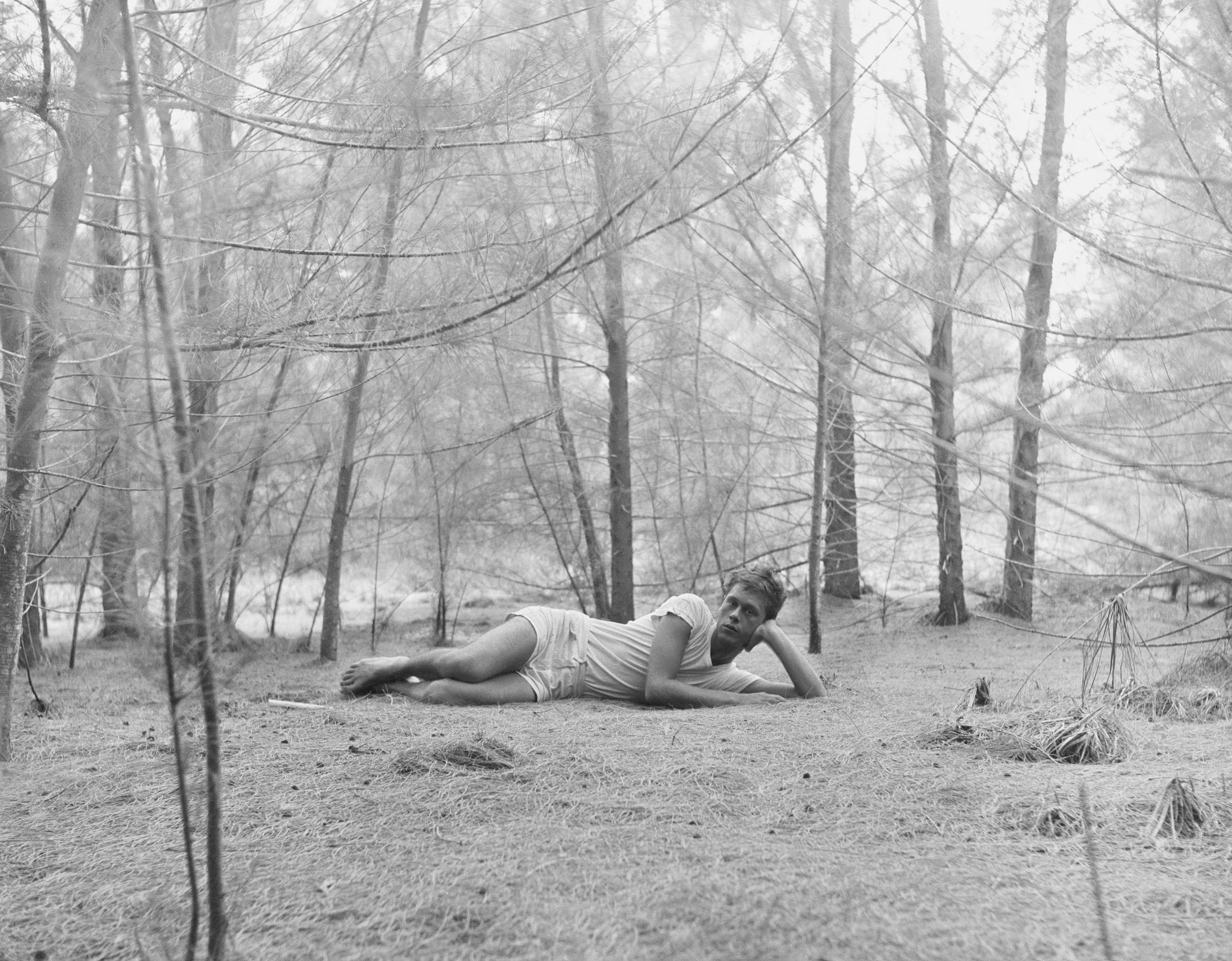 Inside the seductive and mischievous relationship between Paul Thek and Peter Hujar
Inside the seductive and mischievous relationship between Paul Thek and Peter HujarUntil now, little has been known about the deep friendship between artist Thek and photographer Hujar, something set to change with the release of their previously unpublished letters and photographs
-
 In addition to brutalist buildings, Alison Smithson designed some of the most creative Christmas cards we've seen
In addition to brutalist buildings, Alison Smithson designed some of the most creative Christmas cards we've seenThe architect’s collection of season’s greetings is on show at the Roca London Gallery, just in time for the holidays
-
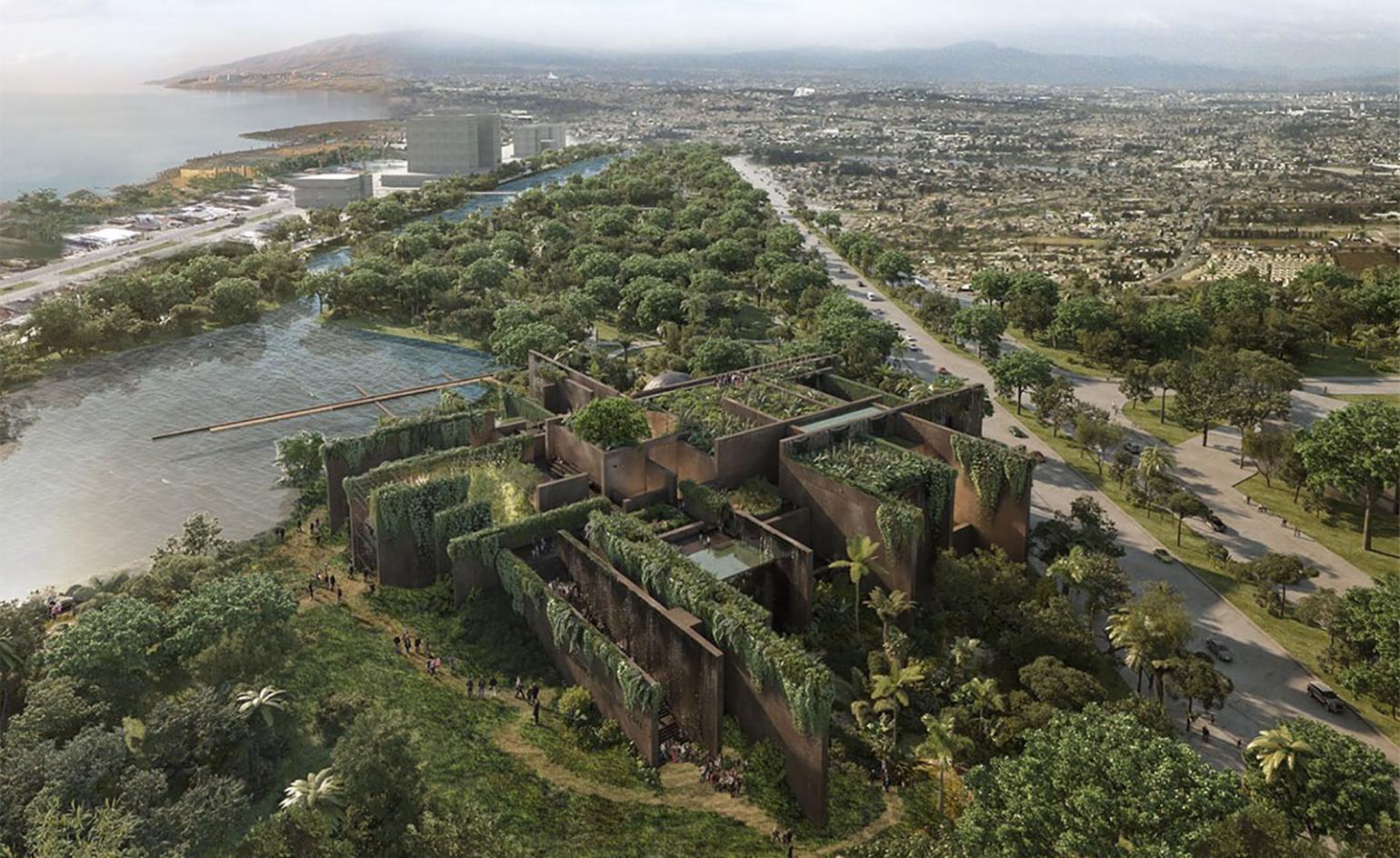 Out of office: coffee and creative small talk with Tatiana Bilbao
Out of office: coffee and creative small talk with Tatiana BilbaoBodil Blain, Wallpaper* columnist and founder of Cru Kafé, shares coffee and creative small talk with leading figures from the worlds of art, architecture, design, and fashion. This week, it’s Mexican architect Tatiana Bilbao, who is currently designing a brutalist, ethical aquarium in Mazatlán and has an exhibition at Copenhagen's Louisiana Museum of Modern Art opening in October 2019
-
 At home with Deborah Berke
At home with Deborah BerkeArchitect Deborah Berke talks to us about art, collaboration, climate change and the future, from the living room of her Long Island home
-
 Rheaply redefines circular economy in architecture
Rheaply redefines circular economy in architectureOn Earth Day 2022, we speak to Rheaply founder Garry Cooper Jr about his innovative business that tackles reuse and upcycling in architecture and construction
-
 Paolo Soleri's sustainable urban experiment Arcosanti enters new era
Paolo Soleri's sustainable urban experiment Arcosanti enters new eraWe meet Liz Martin-Malikian, Arcosanti’s new CEO, who takes us through the vision and future for Paolo Soleri's sustainable urban experiment
-
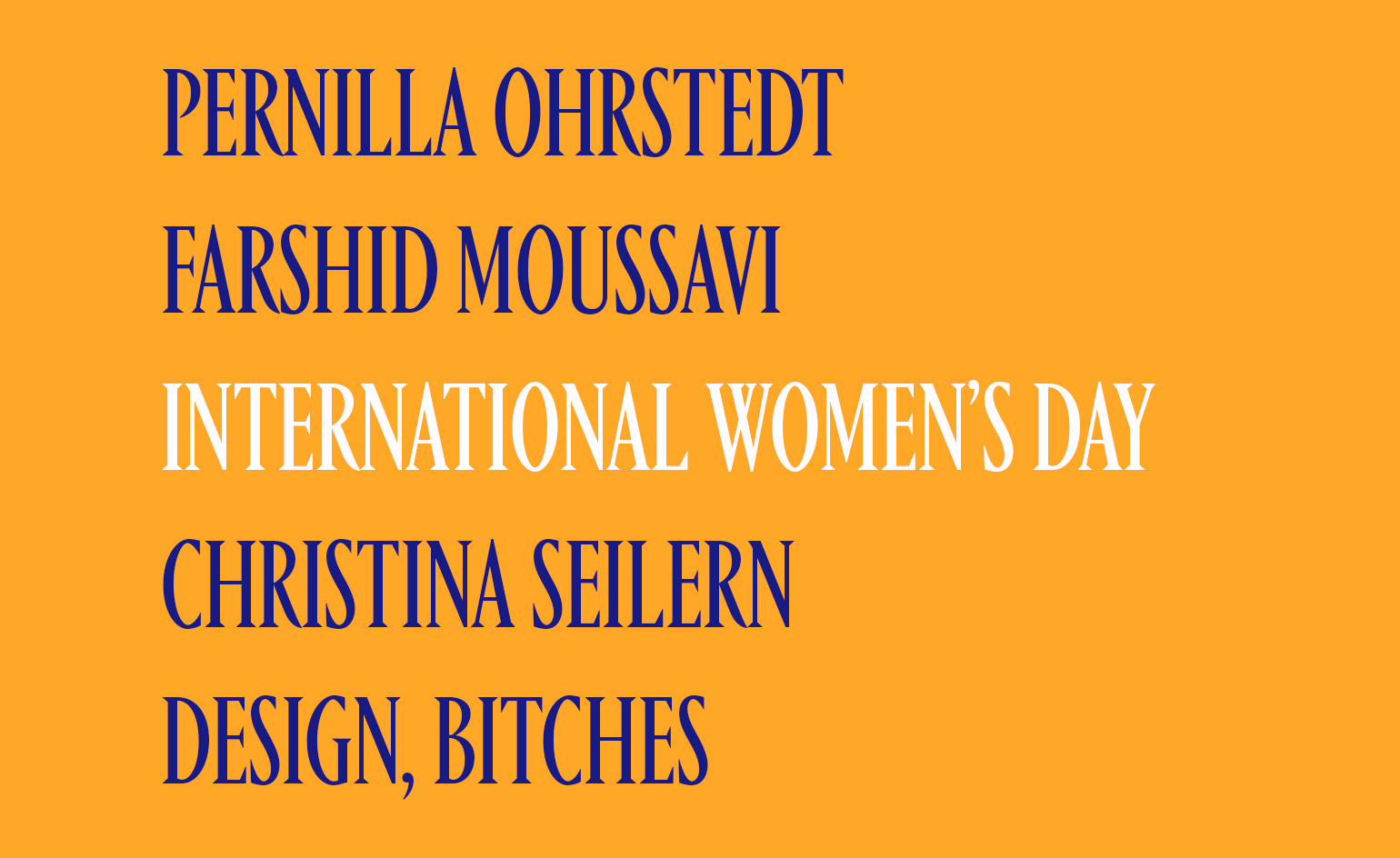 International Women’s Day: leading female architects in their own words
International Women’s Day: leading female architects in their own wordsInternational Women’s Day 2022 and Women’s History Month: Wallpaper* talks to four leading female architects about dreams, heroines and navigating the architecture world
-
 Sou Fujimoto judges Wallpaper* Design Awards 2022
Sou Fujimoto judges Wallpaper* Design Awards 2022We chat with Wallpaper* Design Awards 2022 judge Sou Fujimoto about his work in Japan and abroad, and our shortlisted designs and winners
-
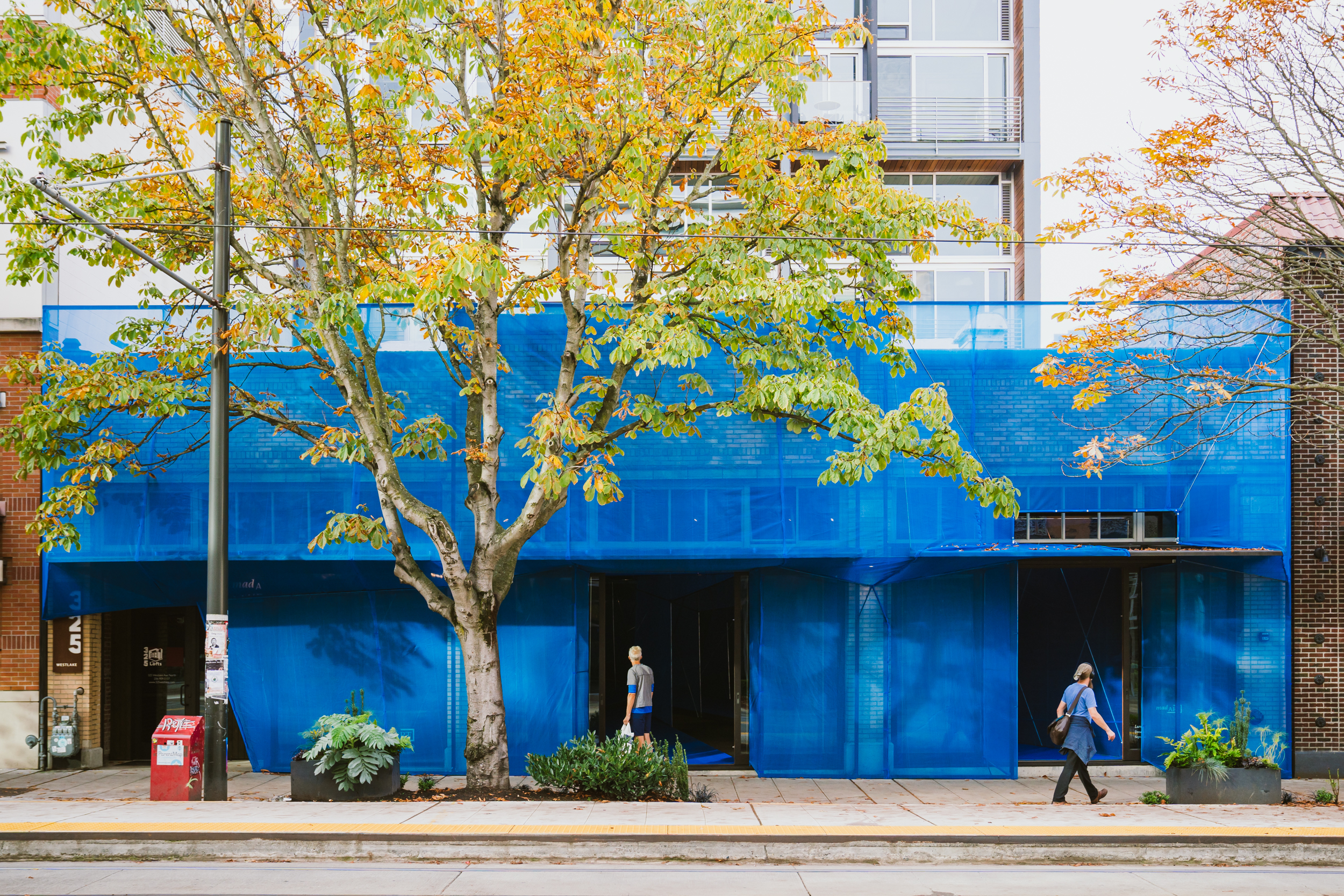 Dream the Combine cross-pollinates and conquers
Dream the Combine cross-pollinates and conquersThe American Midwest is shaking up the world of architecture. As part of our Next Generation 2022 project, we’re exploring ten local emerging practices pioneering change. Here we meet Minneapolis duo Dream the Combine
-
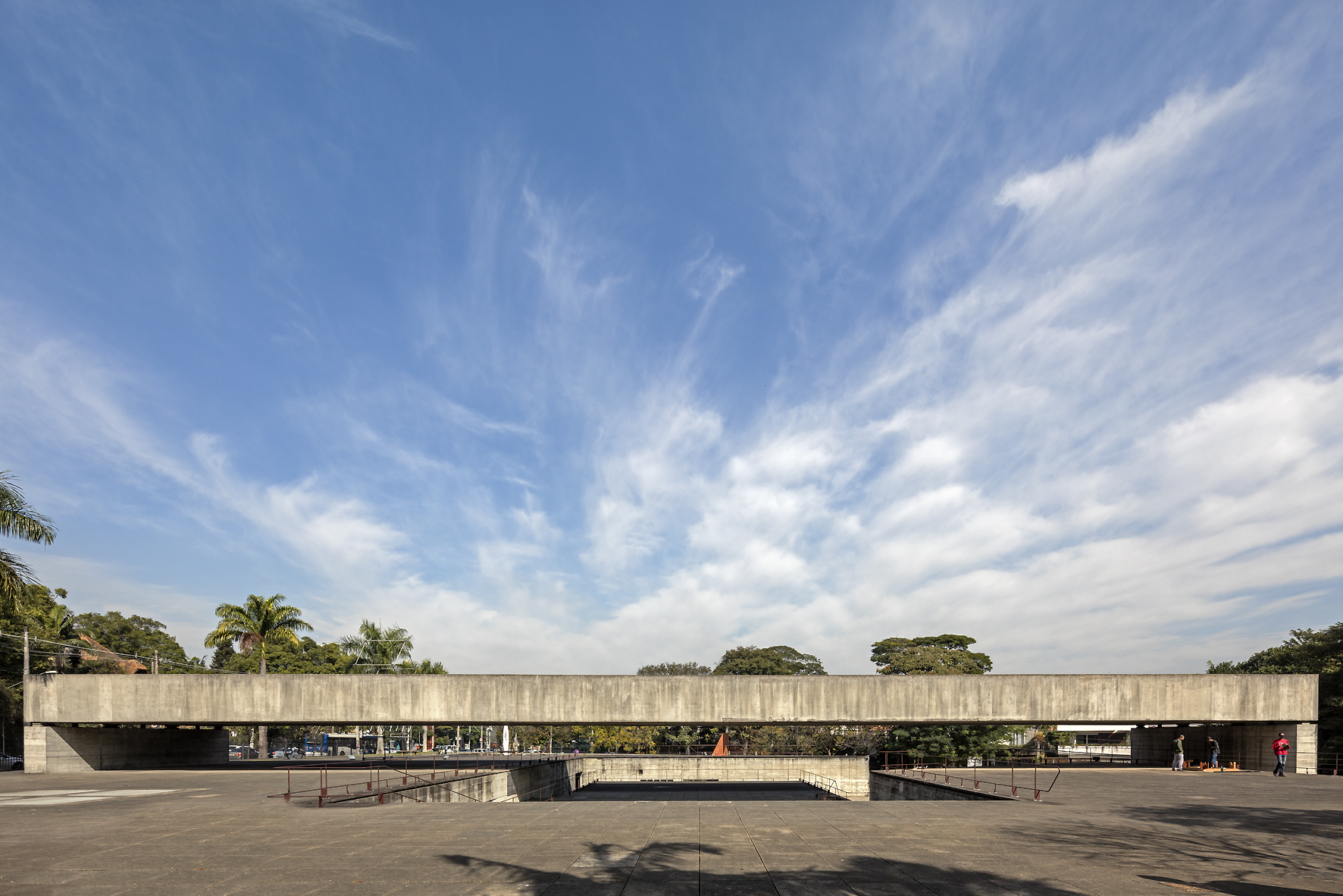 Architecture in the words of Paulo Mendes da Rocha
Architecture in the words of Paulo Mendes da RochaGreat modernist Paulo Mendes da Rocha passed away on 23 May 2021 aged 92. Here, we revisit the interview he gave Wallpaper* in 2010 for our Brazil-focussed June issue, talking about architecture, awards and his home country